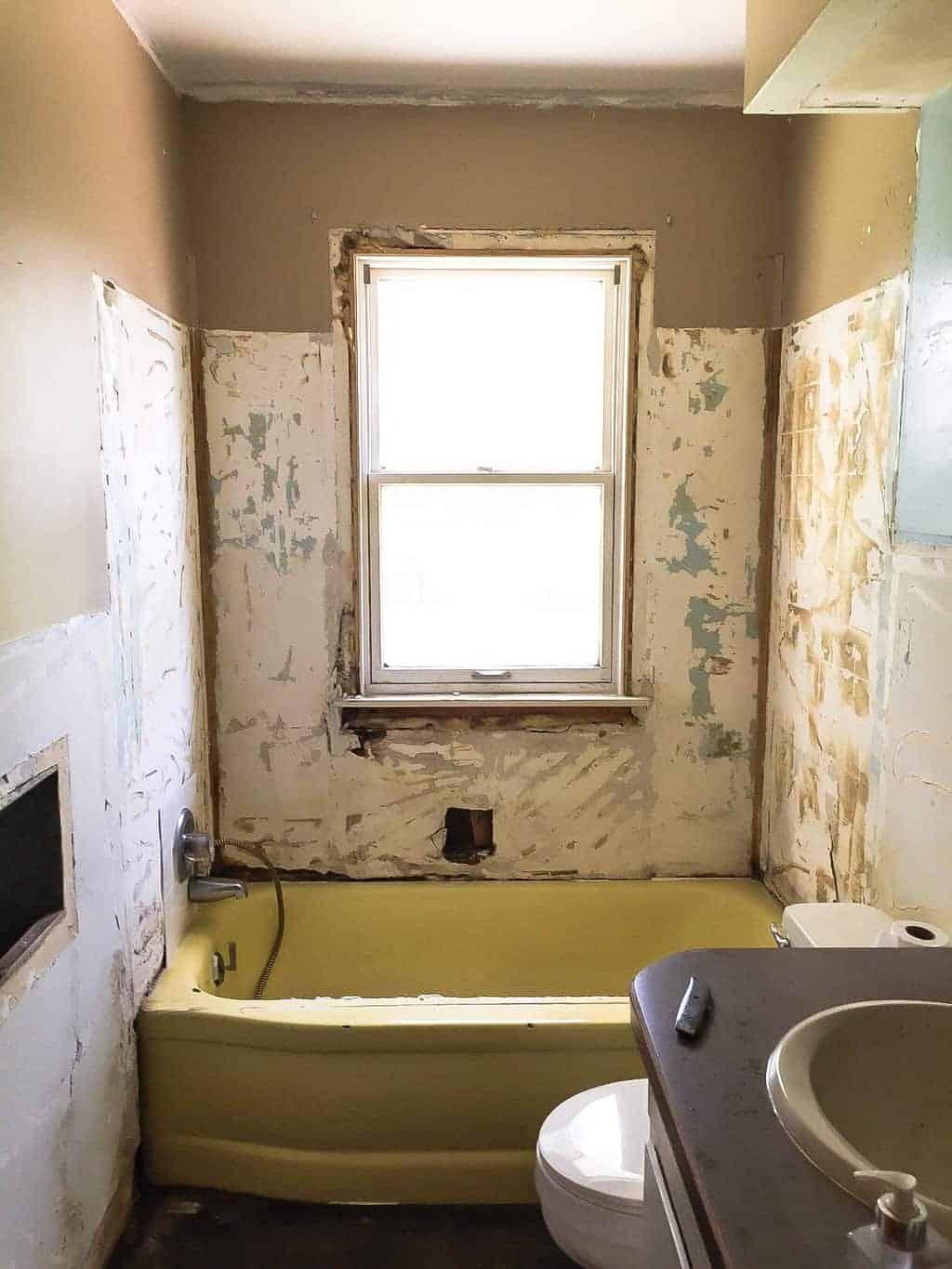“How to paint a bathtub” might not be on the list of homeowner skills you expected to need when you bought a place, but let’s face it: There are few bigger turnoffs than dingy bathtubs. How can you feel fresh and clean when stepping into a tub that’s seen way better days?
If this scenario sounds familiar, you might be wondering if there’s something you can do. There is! Just learn how to paint a bathtub. Yes, it can be done!
Also known as refinishing or reglazing, this home improvement can be a budget-friendly alternative to a full replacement (which will cost $2,906 on average, according to HomeAdvisor). Whether your goal is to attract sellers and bring in a higher resale value or simply to refresh your tub for personal use, we’ve outlined a step-by-step guide to show you how to refinish a bathtub like a pro. You’ll be (stylishly) soaking again in no time.
How much does it cost to refinish a bathtub?
Estimates for hiring a professional to refinish your tub can range from $400 to $600. For some, it may be worth the cost.
“While it’s definitely possible for DIYers to get a good result, refinishing a tub isn’t an easy project,” stresses Henry Parker of HomeReference.net.
LoaderPlease, Mr. Postman
Send me news, tips, and promos from realtor.com® and Move.

“It’s fairly common for homeowners to try it themselves and then call a pro after a few months when their tub starts peeling and chipping. It’s very hard to get a good result if you fail to prep the surface properly. So if you aren’t confident you can do a good job, it’s probably best to hire a pro. It isn’t worth having to do twice.”
That said, if you’re handy or spending several hundred dollars is out of the question, going the DIY route may be your best option. In that case, the cost of a bathtub refinishing kit and any associated tools will be your only expense. While there are several different options to choose from, these kits tend to retail around $50 to $90, depending on the materials that are included.
Tools you’ll need
Claim your home to stay up-to-date of your home‘s value and equity.
How to paint a bathtub
Step No. 1: Prepare for the project by repairing any chips in the tub by filling them with a compound mixture. Then, clean the tub thoroughly with a mix of water and bleach to clear any mildew.
Step No. 2: Remove all the caulk from around the tub using a putty knife. Then, carefully dry the area.
Step No. 3: Scrub the tub with an abrasive pad and a cleaner designed to remove hard water deposits and rust. Once that’s rinsed, sand the tub with 400- to 600-grit wet/dry sandpaper and rinse the tub again to get rid of any dust.
Step No. 4: Protect the tub by applying painter’s tape around the edges. Do the same around any drains and hardware. You may also want to tape a dropcloth over the tiles to protect them from accidental drips.
Step No. 5: Before you start working with the refinishing kit, make sure the area is well-ventilated by opening windows and turning on fans. If possible, wear a face mask. Then, prepare the finish according to the package instructions.
Step No. 6: The process for applying the new finish may vary depending on the kit you’ve purchased, so make sure to follow those directions for best results. In this case, the majority of the finish needs to be applied using a roller. Use light and even strokes to cover the body of the tub in a full coat of the finish. Then, cover any corners and edges, using a foam brush.
Odds are you’ll need to refinish the exterior of the tub as well as the interior. In that case, it’s best to start by applying your finish to the interior then move to the exterior—that way you aren’t bumping up against your exterior paint job while doing the inside.
Regardless of your method, let the first coat dry completely before repeating the process with a second coat.
Step No. 7: Once the finish has dried and set fully, replace the caulk around the tub and let it dry.
How to care for a refinished tub
It’s important to remember that since this finish is just a top coat, it may chip easily in the future. To best preserve your final product, be sure to use nonabrasive cleaners going forward. You’ll also want to exercise caution to make sure you don’t drop anything heavy onto the finish.
